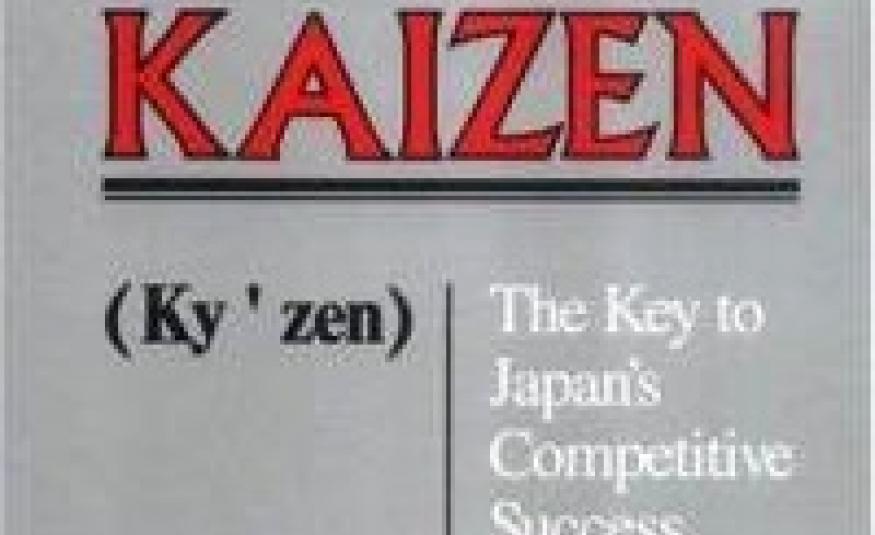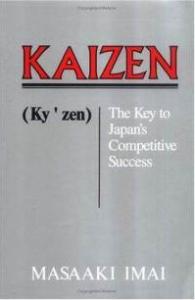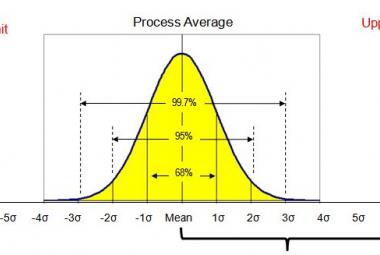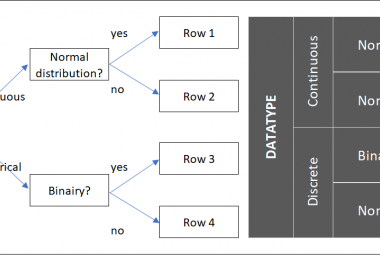In Kaizen, Masaaki Imai (1986) describes the key to the Japanese success to competitive production. Kaizen is defined as the philosophy behind this success, where the term kaizen is used in the same way as the term Lean in other literature about Japanese manufacturing success. Imai´s message to the western companies is as follows: “Do it better, improve it – even when it is not broken, cause if you don´t, you won´t be able to compete with organizations that do.”
In this book, Imai describes 16 management practices, including management tasks, suggestion systems, policy deployment and quality control, subdivided in seven chapters. This article will describe the one management practice from each of these seven chapters that I personally found most appealing.
Chapter one describes the KAIZEN CONCEPT. Kaizen is a philosophy, a way of life, and is focused on continually improving organizational processes. Management support and standardized work play an important part in this concept. In a Kaizen organization, employees are actively sustaining standards and management is continually improving the standards (supported by a quality- and a suggestion system). Criteria management can use to manage processes can be either Process based (P-criteria) or Results based (R-criteria). Traditionally, employee performance is evaluated based on results, which are measured at the end of each process (R-criteria). In the Kaizen philosophy, management is encouraged to zoom in on the criteria that influence the results, the P-criteria.
Six examples of P-criteria are: Discipline (1), Time Management (2), Skills development (3), participation and commitment (4), Moral (5) and communication (6). According to Imai, coaching and discussing these 6 criteria with employees will automatically lead to better results on R-criteria.
Chapter 2 describes THE DIFFERENCE BETWEEN KAIZEN AND INNOVATION. Where western companies traditionally focus on radical improvements by means of innovation, eastern companies are traditionally focused on small incremental improvements by means of Kaizen. Imai distinguishes the two based on focus. Innovation is mainly based on technology while Kaizen is focuses on building People. With innovation, developing a new technology is the main goal, while with Kaizen, it is the developing people. Important to note is that both innovation and Kaizen help the organization in improving themselves to stay competitive and a combination of the two will most probably work out best.
Chapter 3 describes the FOCUS ON QUALITY within the Kaizen philosophy. In Japan, quality control is often described as Total Quality Control (TQC). Important in quality control is the way people deal with quality. Imai describes three rules of thumb.
The customer defines quality, not the employee. In this case, a customer can be an end customer, another firm or a colleague from another department.
Problems should be solved using the five times why. Investigate quality problems at your workstation until you have found the root-cause of the problem, even when they emerge in another department.
Use the Plan-Do-Check-Act cycle to solve the problem by incremental improvement. Plan how you want to solve the problem (plan), execute the plan (do), check if the problem is really solved (check) and prevent the problem from ever occurring again by updating the Standard Operating Procedure (act).
In chapter 4, KAZEN PRACTICE is described. Imai distinguishes two types of improvement. Quality teams (1) are groups of employees who are continually improving processes based on statistical tools. A Kaizen Corner (2) is a place where individual employees can hand in suggestions for improvement, the so called Suggestion system. This system is implemented in three stages: In the first stage almost all suggestions made by employees need to be implemented, to show employees that their input is valued. In the second stage, employees are trained to hand in better suggestions by teaching them how to analyze a problem and recognize small waste removing solutions. In the third and final stage, economic impact can play a role in ranking suggestions.
The easiest way to kill the suggestion system is to take economic benefit into account as soon as you start the suggestion system, because most ideas at that point will probably not be implemented which lead to dissatisfaction among employees.
Chapter 5 describes how KAIZEN MANAGEMENT facilitates TQC. One of the management practices which is described in this chapter is Policy Deployment (Hoshin Kanri) in which the word ´policy´ translates into measurable goals and ´Deployment´ in cascading those goals to every department. The word cascading in this sense means that the goals of each department are directly linked to company goals. One way to measure such goals is to use control charts, a graphical visualization of the results of one KPI, where a certain bandwidth of variation is allowed between an Upper Control Limit (UCL) and a Lower Control Limit (LCL). When the process is unstable, and acts outside these two limits, action is required in terms of analyzing the Process criteria that led to this result. The control chart is visualized in the graph below.
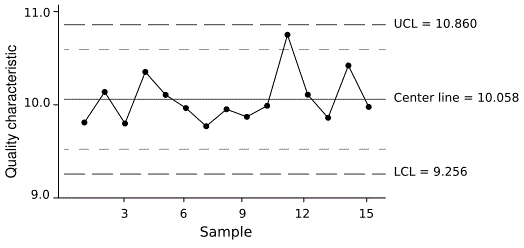
HRM PRINCIPLES are the topic of chapter 6. What differentiates Japanese companies from western companies is that Japanese companies have a policy of lifetime employment, which leads to a high level of job security. Employees are therefore less scared of losing their job after improving their own processes. To reduce the gap between production and offices, it is not uncommon in Japan to wear the same company uniform and use the same facilities such as toilets and canteens.
The seventh and final chapter of the book describes the RELATION BETWEEN CULTURAL AND ECONOMICAL ASPACTS of Kaizen. There are in fact two methods an organization can use to improve profits: increasing sales (1) and reducing fixed- and variable costs (2). Crucial for the first strategy is the relationship between the company and its customers. This relationship is mostly determined by the quality of the products or service that is delivered. The perfect supplier-customer relationship is a situation in which the customer does not need to check the quality of the delivered goods, because it knows it will be up to standard. This required the supplying company to put focus on zero-defect production.
Lowering costs results in a lowering Break-even point, where fewer products need to be sold to break even cost wise, which means the company will make more profit.
Imai concludes his story with the notion that a cultural change takes at least 3 to 5 years before they result in measurable improvements. Because 5 years is a long time, each company planning to start a radical change like Lean or Kaizen, should plan to free up capacity for the changes at least 5 years ahead. At the same time, the company should not lose focus on keeping the business profitable during those changes.
Lean Books interesting?
Continue to:
Lean thinking – J.P.Womack & D.T.Jones (summary)
REFERENCE:
Imai M., 1986, Kaizen – The Key to Japan’s Competitive Succes, New York; Mc-Graw Hill. (order this book)

